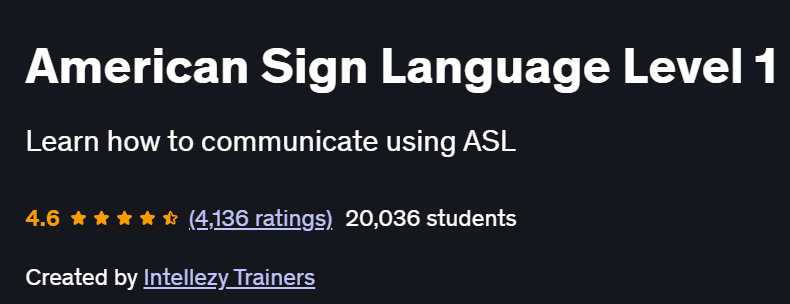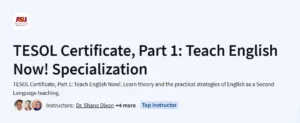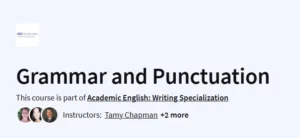What will you in American Sign Language Level 1 Course
Recognize and produce the ASL alphabet (fingerspelling) fluently
Master common greetings, introductions, and everyday phrases in ASL
Understand basic ASL grammar, facial expressions, and non-manual signals
Build vocabulary for family, numbers, colors, and classroom interactions
Develop receptive skills through watching and interpreting simple signed conversations
Program Overview
ASL Fundamentals & Fingerspelling
⏳ 45 minutes
Learning the 26-letter ASL alphabet and practice drills
Fingerpelling names, simple words, and spelling strategies
Greetings, Introductions & Politeness
⏳ 30 minutes
Common signs for “hello,” “please,” “thank you,” and “nice to meet you”
Introducing yourself and asking “What’s your name?”
Basic Grammar & Non-Manual Markers
⏳ 40 minutes
Understanding subject–verb–object order and topic-comment structure
Using facial expressions, head nods, and body shifts to convey meaning
Everyday Vocabulary: Family, Numbers & Colors
⏳ 50 minutes
Signs for family members, numbers 1–20, and primary colors
Combining vocabulary to describe family size and favorite colors
Simple Conversations & Practice
⏳ 55 minutes
Watching and interpreting short signed dialogues
Role-play exercises: ordering food, asking for directions, classroom phrases
Get certificate
Job Outlook
ASL skills open doors in education, interpreting, and social services
Opportunities as a sign language interpreter, educational assistant, or social worker
Valuable for teaching ASL, working with deaf or hard-of-hearing communities, and accessibility roles
Foundation for advanced ASL certification (NIC, BEI) and professional interpreting
Specification: American Sign Language Level 1
|
FAQs
- No, this course is designed for complete beginners.
- It starts with the alphabet and simple greetings.
- Grammar basics are introduced gradually.
- Visual demonstrations make signs easy to follow.
- No language-learning background is required.
- Teaches greetings, introductions, and everyday phrases.
- Covers vocabulary for family, numbers, and colors.
- Includes role-play scenarios like ordering food or asking directions.
- Receptive skills improve through video dialogues.
- Builds confidence to interact with deaf or hard-of-hearing individuals.
- Yes, lessons are beginner-friendly for all ages.
- Families can practice fingerspelling names and greetings together.
- Visual repetition supports younger learners.
- Group learning helps reinforce memory.
- It’s ideal for families wanting to communicate inclusively.
- Helpful in education and teaching support roles.
- Valuable in healthcare and social services.
- Opens pathways to interpreting with advanced training.
- Supports careers in accessibility and advocacy.
- Enhances inclusivity in customer-facing jobs.
- Practice with deaf community events or online groups.
- Move on to ASL Level 2 or interpreting-focused courses.
- Watch sign language videos and practice receptive skills.
- Use signing apps or flashcards to reinforce vocabulary.
- Consider certification (NIC, BEI) for professional pathways.





